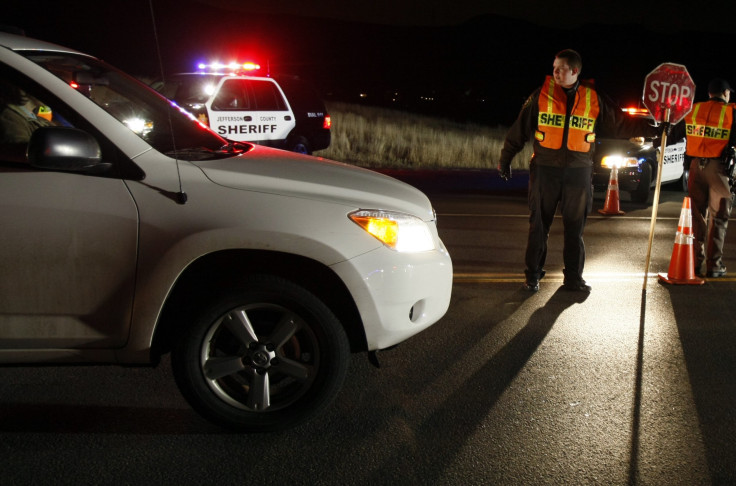Testing For Marijuana High While Driving Is Extremely Complicated, Researchers Say

With the growing acceptability of marijuana, both for medicinal and recreational use, around the country, there are also increasing concerns about people getting behind the wheel while under the influence. And rightly so, because tetrahydrocannabinol (or THC, the main psychoactive chemical in cannabis) can impair fine motor skills, including the physical skills required to drive safely.
But unlike a breathalyzer to test alcohol concentration in the bloodstream, making a similar device to test for marijuana is not really straightforward at all. How long THC stays in the body after consumption is one part of the complication, and another is the fact that it affects drivers differently, depending on the way it was consumed. Even if biomarkers could identify with certainty that a driver had consumed a certain amount of marijuana recently, they still could not judge the level of impairment it caused.
“There is no one blood or oral fluid concentration that can differentiate impaired and not impaired. It’s not like we need to say, ‘Oh, let’s do some more research and give you an answer.’ We already know. We’ve done the research,” Marilyn Huestis, who spent over 20 years leading cannabinoid-related research projects at the National Institute on Drug Abuse, said in a statement Thursday.
For example, the same amount of THC could affect an individual differently, depending on whether the marijuana was inhaled or orally consumed. If combined with alcohol, the marijuana high is more intense and even the effects of alcohol last longer. So, even a device that can identify THC concentration in saliva won’t do much good.

THC also tends to leave the bloodstream quickly, at least among occasional users. Huestis said earlier research she did showed occasional users could be impaired for up to between 6 and 8 hours, while THC concentration in the blood could fall to near-zero in under three hours. So, a person could be still high on pot when typical biomarkers wouldn’t show the presence of THC in the individual’s body.
“If someone is driving impaired, by the time you get their blood sample, you’ve lost 90 percent or more of the drug. So, we have to change what we do at the roadside,” Huestis said.
For people using marijuana regularly for medicinal purposes, there are other complications because of how THC resides in the body. Long-term daily use accumulates THS in body tissues, and the psychoactive substance releases slowly over days. So if someone like that abstained for an entire month, the person could still test positive for cannabis after the 30 days of abstinence.
Huestis supports legalization, but given the fact that THC can cause psychomotor impairment up to 3 weeks after the last dose among regular users, has concerns surrounded safety.
“Cannabis probably is less dangerous to use than alcohol. There’s less morbidity and mortality associated with it, but there’s still a lot of problems. And we as a public are not recognizing this,” she said.
Instead of imposing a hard legal limit based on blood THC concentrations, which have too many uncertainties, Huestis proposed training police officers to better recognize the behavioral telltale signs of impairment and marijuana intoxication.
A paper on the subject, coauthored by Huestis, appeared in a special edition of the journal Trends in Molecular Medicine under the title “Cannabinoid Markers in Biological Fluids and Tissues: Revealing Intake.”
© Copyright IBTimes 2025. All rights reserved.




















